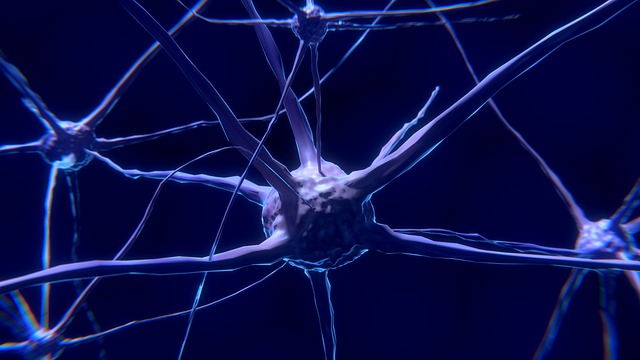
A team of researchers from Washington University in St. Louis has developed a nasal spray that can deliver drugs to the brain within 30 – 60 minutes. That’s considered an incredible feat because it means the spray is able to bypass what is referred to as the blood-brain barrier — that protective membrane that prevents dangerous toxins from easily entering the brain, the same one that also keeps treatment drugs from getting through.
The spray is made with gold nanoparticles of a specific size and shape, and tagged with fluorescent markers for tracking purposes.
To test its effect, the researchers used locusts as their guinea pigs because these insects are known to have a protective barrier that is anatomically similar with what humans have.
In humans, to get to the brain via the nose, the nanoparticles would need to travel through the olfactory bulb, then the olfactory cortex. In invertebrates, like locusts, the system is similar, though a bit simpler — ‘with [a] supraesophageal ganglion instead of an olfactory bulb and cortex,’ explains Professor Barani Raman, one of the study authors. Either way, the nose offers the shortest and easiest way to the brain.
The team exposed the locusts to the aerosol spray, then tracked how the nanoparticles moved from their antennas, to their olfactory nerves, then ultimately spreading throughout their brain.
The results show that the nanoparticles were able to get through the brain’s protective membrane. More importantly, the spray did not seem to have any harmful effect on the locusts — the physiological response of their olfactory neurons before they were exposed to the spray remained the same after the nanoparticles were delivered.
The success of the test shows that using aerosol spray to deliver brain medicine might be the solution for that perennial problem caused by the protective shield rejecting any foreign substance that wants to enter into the brain. But this is just the first step.
Next, the researchers need to figure out how to integrate different substances into the gold nanoparticles so treatment drugs can hitch a ride and get into the brain without encountering resistance from the blood-brain barrier as well. They are planning on using ultrasound technology to deliver exact drug doses to specific areas of the brain. And if their initiative turns out to be successful, it could lead to the development of more effective methods and options to treat brain tumors.
Of course, the necessary prerequisite is that they have to show that the results don’t just work on locusts, but on humans too.
The study was recently published in Scientific Reports.
- Bulenox: Get 45% to 91% OFF ... Use Discount Code: UNO
- Risk Our Money Not Yours | Get 50% to 90% OFF ... Use Discount Code: MMBVBKSM
Disclaimer: This page contains affiliate links. If you choose to make a purchase after clicking a link, we may receive a commission at no additional cost to you. Thank you for your support!

Leave a Reply